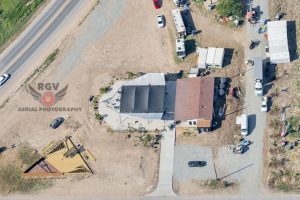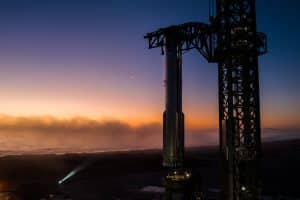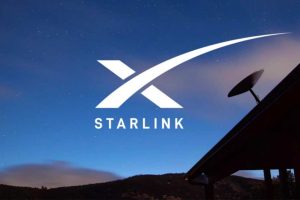SpaceX has rapidly recovered the first converted Falcon Heavy ‘side core’ after its first Falcon 9 launch and landing, kicking off preparations for its fourth launch less than two days after its third.
After four consecutive days of delays, one of which was caused by an inexplicably wayward cruise ship, former Falcon Heavy side core B1052 finally lifted off on January 31st on its first mission as a Falcon 9 booster. Despite the painful launch campaign, B1052 performed perfectly and helped send the Italian Space Agency’s (ASI) CSG-2 Earth observation satellite to a polar sun-synchronous orbit (SSO) before boosting back to the Florida coast and landing just a few miles south of where it launched.
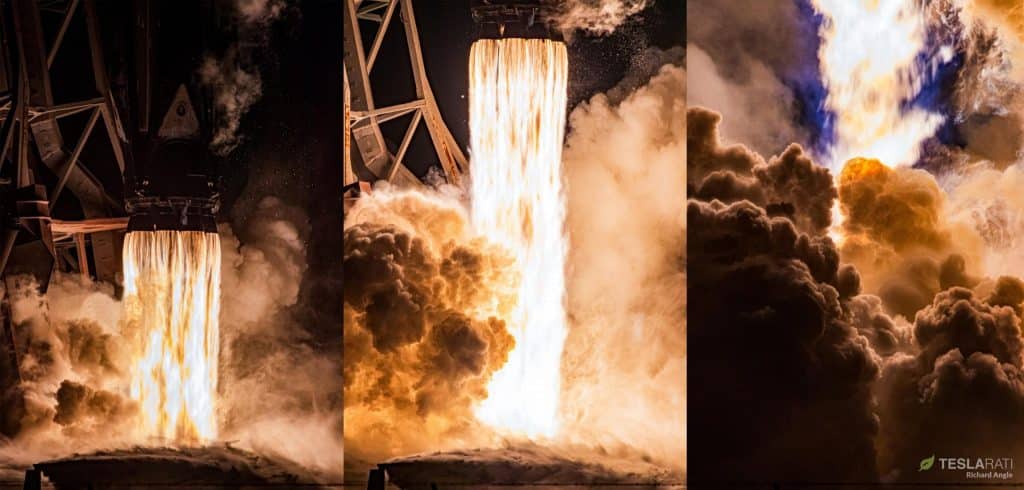
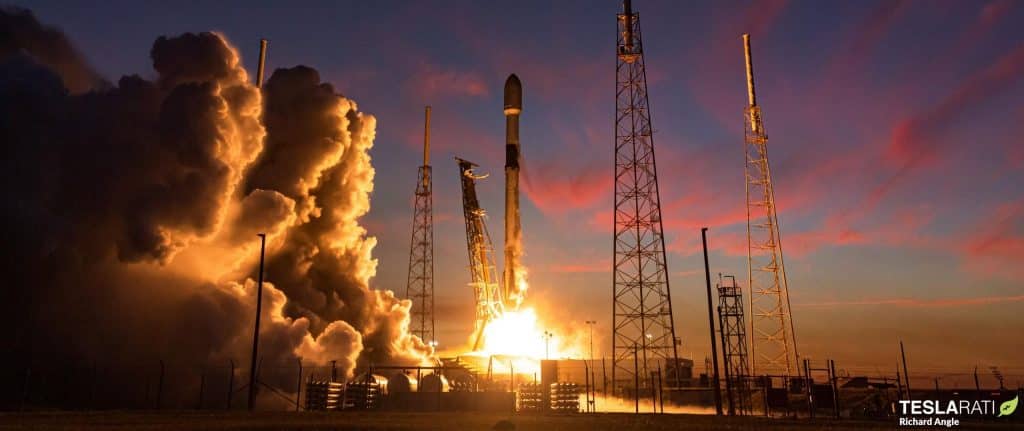
As a Falcon Heavy side core, B1052 supported both of the only two launches of the Block 5 variant of the rocket – first on April 11th, 2019 and again on June 25th, 2019. Both times, side boosters B1052 and B1053 performed return-to-launch-site (RTLS) maneuvers and landed side by side at SpaceX’s LZ-1 and LZ-2 landing pads. CSG-2 thus marked B1052’s third launch and third RTLS landing.
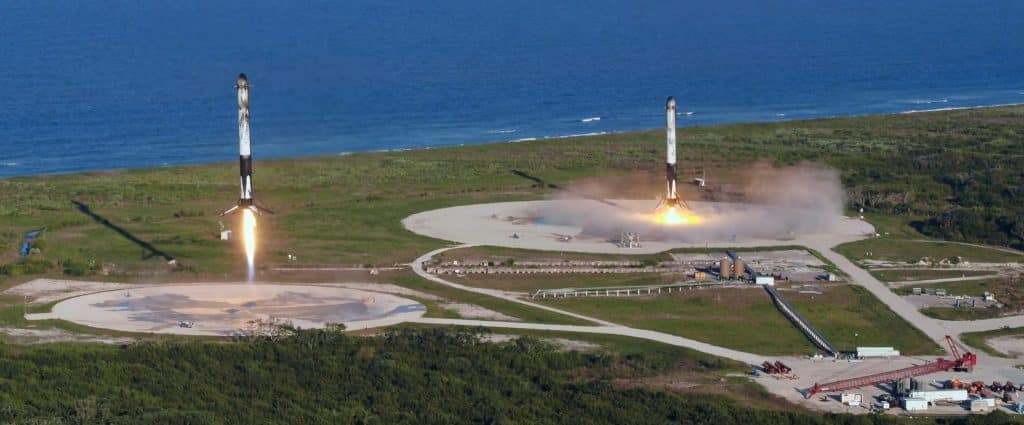
Unlike drone ship recoveries, which usually involve landing 500+ kilometers (300+ mi) downrange on a platform floating in the Atlantic or Pacific Ocean, RTLS landings make booster recovery much easier and far less nerve-wracking. Whereas boosters recovered at sea run the risk of sliding around a slippery deck, easily incurring damage and making the process of safing and securing the building-sized rocket both dangerous and difficult, land-landings are incredibly benign in comparison.
Aside from enabling the use of far larger concrete Landing Zones, those land-based pads don’t have to deal with volatile maritime weather or high seas. They also don’t need several ships to support the recovery crew or tow the drone ship, easily cutting hundreds of thousands of dollars from the cost of booster recovery. The only downside is the extra propellant Falcon boosters need to fly all the way back to the coast, which substantially decreases the amount of payload a Falcon rocket can launch into orbit.

Thanks to all the added operational efficiencies of an RTLS landing, Falcon booster B1052 – with its legs already retracted – was spotted heading to a SpaceX refurbishment hangar on a horizontal transporter just ~42 hours after its third launch and landing. Given SpaceX’s unprecedentedly busy 2022 launch manifest, B1052 could easily be assigned to a fourth launch as early as next month.



